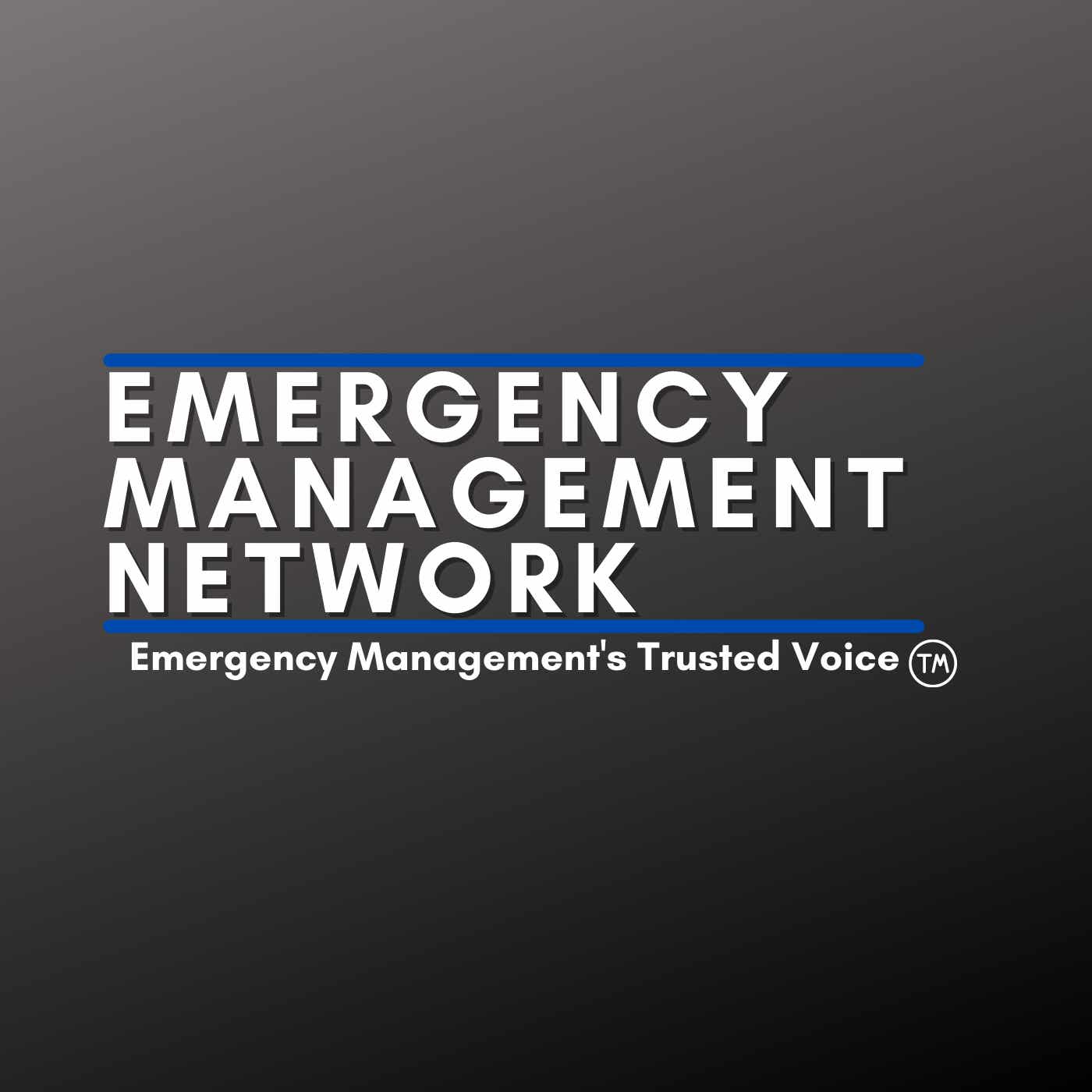Integrating Disaster Risk Reduction into Emergency Management:
Description
Over the last five years, the U.S. has consistently faced an average of 18 severe disasters annually, each causing damages upwards of a billion dollars. The pattern persisted in 2022, with 18 such incidents inflicting $175.2 billion in damages and resulting in 474 deaths.
On a global scale, the EM-DAT Emergency Event Database recorded 387 instances of natural disasters in 2022. These events led to 30,704 lives lost and affected 185 million individuals, with total economic damages reaching an estimated $223.8 billion.
In this challenging landscape, it is crucial for emergency management approaches to be both agile and anticipatory. It is time to seamlessly integrate Disaster Risk Reduction (DRR) principles into existing emergency management strategies.
The conventional emergency management model has been primarily reactive for many years, emphasizing response and recovery post-disaster. While these aspects remain essential, there is a growing recognition that we must reevaluate how emergency management is performed. A response-centric model overlooks opportunities to lessen disaster impact through proactive planning, perpetuating a cycle of vulnerability and insufficient preparedness.
Disaster Risk Reduction is a systematic approach to identifying, assessing, and reducing disaster risks, which calls for a shift in emphasis. DRR insists that we look beyond the immediate aftermath of disasters and focus on mitigating potential risks, improving resilience, and implementing sustainable development strategies. This is not a call to abandon our traditional approaches but to evolve them to fit a more complete and nuanced understanding of what effective disaster management should entail.
To substantiate this claim, let me bring to your attention the rising frequency and intensity of natural and anthropogenic disasters. Climate change has exacerbated the severity of weather-related events such as hurricanes, floods, and wildfires. The increasing interconnectedness of our world has also heightened vulnerabilities to technological and biological threats. These evolving risks necessitate an evolving approach.
By embracing DRR principles, emergency management can advance in several key areas:
1. Risk Identification and Assessment: Accurate data and scientific methods can identify vulnerabilities and predict possible disaster scenarios. This foresight provides the basis for targeted action to minimize risks.
2. Community Engagement: DRR strongly emphasizes involving local communities in disaster preparedness plans. This participatory approach ensures that policies are culturally sensitive and appropriately address the unique risks faced by specific populations.
3. Resource Allocation: Pre-disaster planning allows for a more efficient allocation of resources, ensuring that first responders and communities have the necessary tools and training before disaster strikes.
4. Sustainability: DRR recognizes the importance of sustainable land-use planning and environmental management as a means to mitigate the impact of disasters over the long term.
5. Policy Integration: The multi-disciplinary nature of DRR means that it can be integrated into broader policies such as urban planning, climate change adaptation, and public health strategies, thereby magnifying its effectiveness.
To overlook the incorporation of Disaster Risk Reduction principles into emergency management is not merely an academic oversight; it is a tangible failure to protect communities and safeguard futures. And so, I urge all stakeholders—policymakers, academics, practitioners, and the general public—to reconsider our existing paradigms in light of the compelling arguments for Disaster Risk Reduction. Only through this integrated approach can we hope to build a resilient and secure global society equipped to respond to disasters and mitigate their impact fundamentally.
I will take this time to delve deeper into the five areas I have identified.
The first key area whe
More Episodes
In the fast-paced world of emergency management, staying ahead of potential threats during large-scale events like the Super Bowl is critical. Skyline Technology Solutions is at the forefront of this effort and a key player in integrating real-time video-sharing solutions that empower emergency...
Published 10/25/24
The IAEM Region 9 Presidential Candidates Forum brought together the candidates for the upcoming IAEM Region 9 presidency as they presented their platforms, shared their visions for the future of emergency management, and answered questions from the community. This interactive session provided a...
Published 10/12/24
Published 10/12/24


